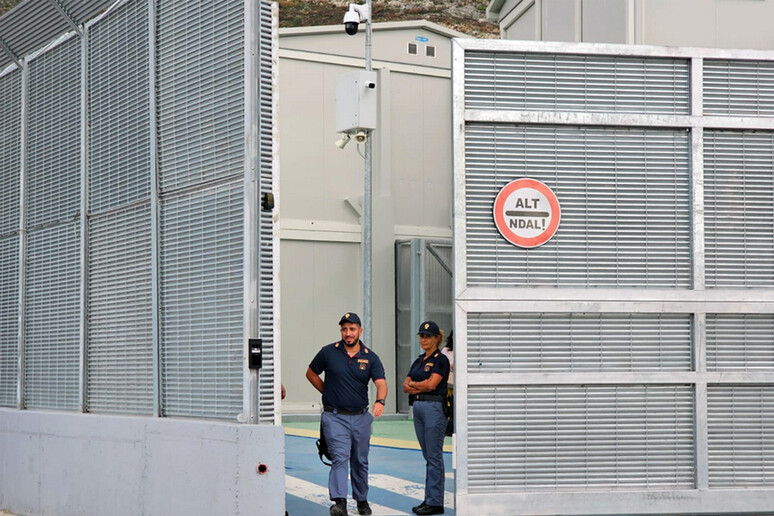Five months behind schedule, Italy has completed the construction of migrant processing centers in Albania. Initially promised to be operational by May 20, the project faced numerous delays due to both logistical and political issues. According to the agreement between the Italian and Albanian governments, thousands of asylum seekers rescued in international waters will be transported monthly to these facilities, where they will await the outcome of their asylum claims.
The three key facilities include a disembarkation and identification center in the coastal city of Shengjin, and two more inland in Gjader. The Gjader site required significant work, now housing an 880-person reception center and a 144-person detention and repatriation facility. Additionally, a small prison with space for up to 20 detainees has been constructed for migrants facing legal issues. While the structures are ready, union representatives like Gennarino De Fazio have voiced concerns about ongoing issues, such as the lack of electricity, water, and phone connections.
All three centers were funded and built by Italy, with Albania bearing no financial responsibility. The Italian government invested €65 million into the project, but annual operating costs are expected to soar to €120 million starting in 2025. The facilities have been equipped with water, electrical, and surveillance systems, as well as internet access. However, some critical infrastructure remains unfinished, raising concerns about the immediate effectiveness of these centers.
According to Italy’s operational protocol, only men rescued by Italian authorities in the Mediterranean will be transferred directly to Albania, bypassing Italy altogether. Women, children, families, and vulnerable individuals will be sent to Lampedusa for processing under Italy’s national asylum system. Only migrants from “safe” countries—those deemed democratic and protective of human rights—will be sent to Albania. This list has been contentious, with countries like Tunisia, Egypt, and Bangladesh included, despite well-documented human rights concerns.
Last week, the European Court of Justice cast further doubt on Italy’s “safe country” policy. The court ruled that Italy cannot make exceptions for vulnerable groups within countries deemed safe—countries must either be entirely safe or not. As such, few countries sending migrants across the Mediterranean could truly qualify as “safe,” aside from Cape Verde, which contributes minimal numbers of migrants. This ruling complicates Italy’s asylum processing framework, which has already been criticized for inefficiency and delays, especially during peak migration seasons.

